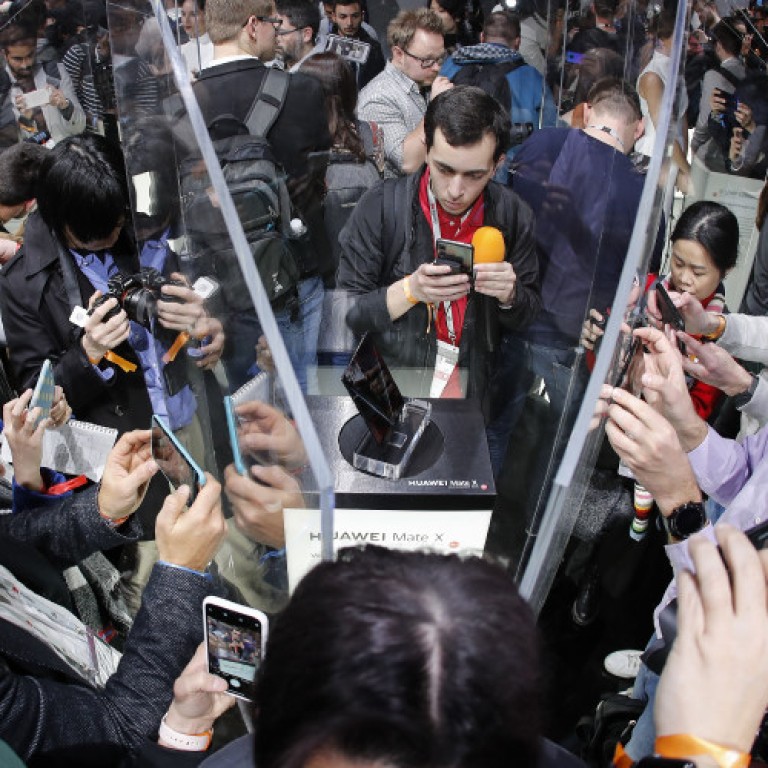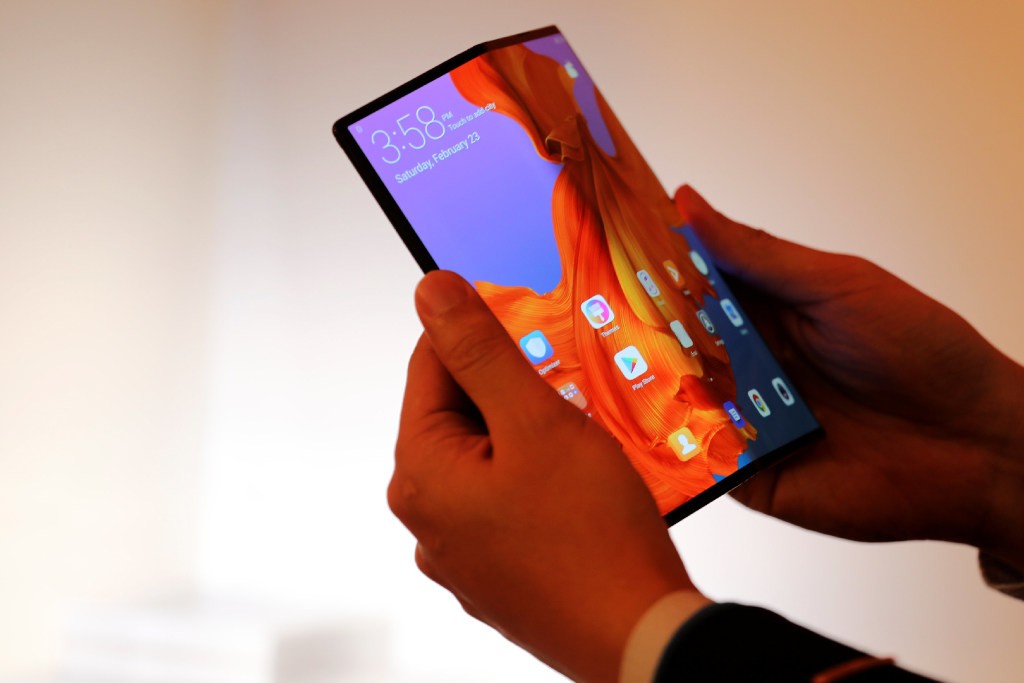
Three reasons why Huawei’s foldable phone stole Samsung’s thunder
Samsung teased the Galaxy Fold for years, but Huawei’s Mate X is getting all the buzz
Foldable phones are no doubt some of the biggest stars at the Mobile World Congress this year. But some seem to be more popular than the others.

SURPRISE, SURPRISE
But Huawei never offered the public a glimpse of its secretive phone until this week in Barcelona, when it finally took the wraps off the Mate X. But judging from the curious crowd at Huawei’s booth, it seems like the surprise factor worked. As Wired UK’s Sophie Charara writes, “The first thing everyone does with the Mate X? Take a selfie with it.”
A PROPER LOOK
Despite being seen first, Samsung’s Galaxy Fold is still shrouded in mystery -- even though it’s expected to ship in around two months.
If there’s a surefire way to generate excitement, letting people actually see your device being held by an actual human is way better than locking it up in a big glass case.
MAYBE IT’S JUST BETTER?
“I think the main thing that impresses people about the Huawei design is that it's relatively thin. Or maybe another way of putting it is that people were a bit surprised at how thick the Samsung design was, thus making the Huawei design look much more svelte,” IDC’s Bryan Ma told us.

But Ma also cautions against making any judgements too soon. Priced at US$1,980 and around US$2,610 respectively, the Samsung Galaxy Fold and Huawei Mate X are pricier than most smartphones currently on the market. And people still have plenty of doubts: Are the devices durable enough to survive repeated folding? How do you protect a phone where both sides are screens? And perhaps more basically, how do software and apps work in this new form?
“It's way too early to declare Huawei the winner; these products aren't even shipping yet, and only over time will the industry learn which designs work better and what consumers use it for,” Ma said.
For more insights into China tech, sign up for our tech newsletters, subscribe to our Inside China Tech podcast, and download the comprehensive 2019 China Internet Report. Also roam China Tech City, an award-winning interactive digital map at our sister site Abacus.

